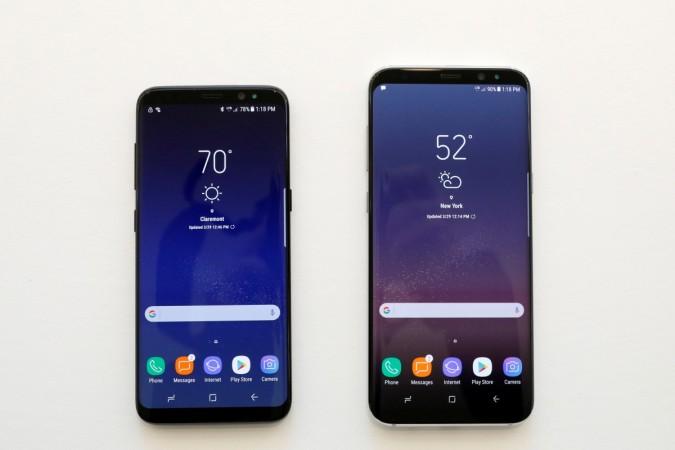
Apple iPhone 8, OnePlus 5 and Samsung Galaxy Note 8 are some of the most anticipated releases for this year, but tech giants like Apple and Samsung like to stay ahead of the game. Following rumours about iPhone 9 development, a fresh report by Korean publication The Bell has some news on Galaxy S9 and Galaxy S9 Plus – the rumoured flagships set to release in 2018.
Seem too early? Definitely, yes! But Samsung is already ahead of schedule in developing the 2018 flagship, and it has chosen "Star" and "Star 2" as codenames for Galaxy S9 and Galaxy S9 Plus. While the reason behind the codename remains a mystery, it is possible that the next year's flagships will shine as bright as a star.
In all fairness, the codenames chosen by Samsung are quite mysterious. Galaxy S8 was codenamed "Project Dream" and the Galaxy Note 8 is being called "Great." Kim Hye-deok, executive director of product strategy team at Samsung Electronics' wireless division, had revealed that the Galaxy S8's codename was about the flagship's "dream to overcome Apple," The Bell reported. Codenames "Great" and "Star" certainly have a hidden meaning, which we'll know when Samsung launches the products.
What's really important at this point is that Samsung has already started work on Galaxy S9 and Galaxy S9 Plus 3-4 months ahead of schedule. The unannounced flagships are still in early stages of development, and speculating anything at this point is subject to change at some point until the official launch in the first half of next year.
But the sources reportedly confirmed that Galaxy S9 will have the critically-acclaimed Infinite Display as seen in Galaxy S8.
"We know that the display spec is similar to Galaxy S8, although it's early in development," an industry official was quoted as saying.
We can expect Samsung to use upgraded chipsets, preferably its own processor based on 7nm architecture or borrow it from Qualcomm. Based on the growing trend in the industry, dual camera, fingerprint scanner under the display and AR/VR capabilities will likely make their way to the flagships. But as we said earlier, it's too soon to predict anything so early.














